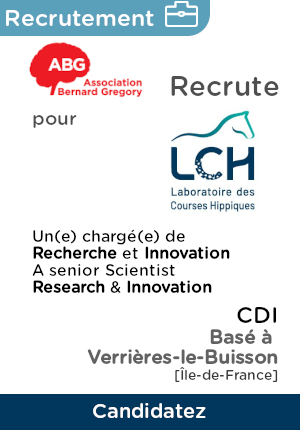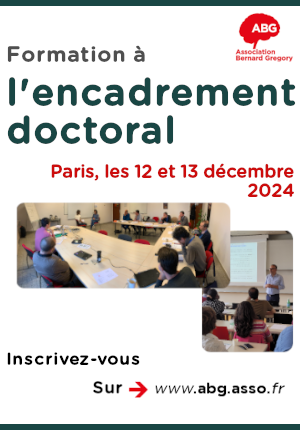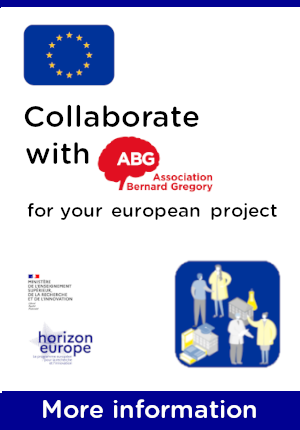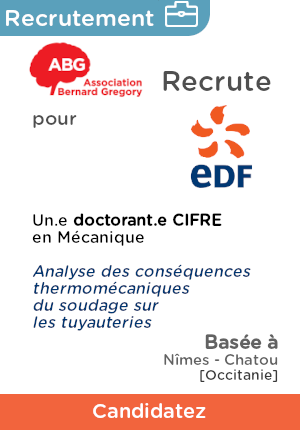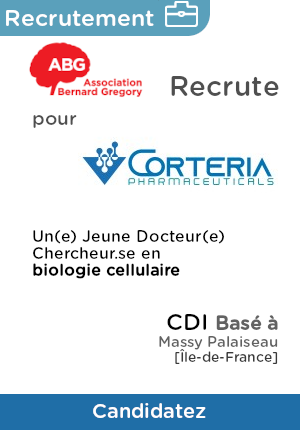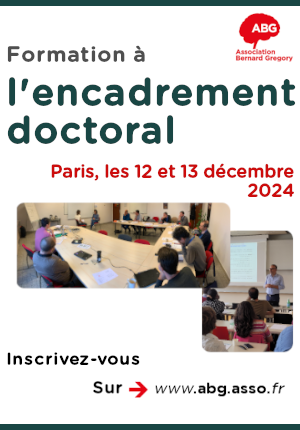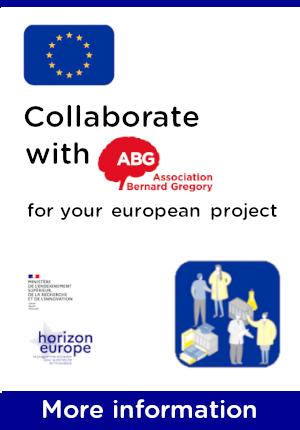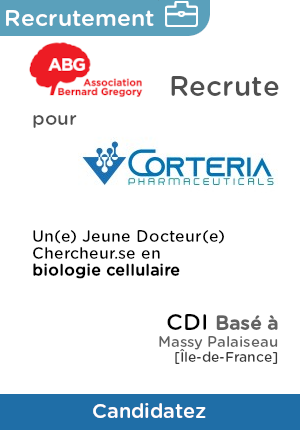Consideration of part-tools interaction in the numerical simulation of high pressure die casting process
| ABG-125230 | Thesis topic | |
| 2024-07-22 | Cifre |
- Engineering sciences
- Materials science
- Digital
Topic description
Consideration of part-tools interaction in the numerical simulation of high pressure die casting process
The manufacturing of high pressure dies casting parts (EDM housings, battery packs, structural parts…) requires the design, the manufacturing and maintenance of complex tools, the molds, specific to each part and which represent a significant part of the cost of the component.
Tool durability depends on many factors, including their design and how they will be lubricated and cooled by the cooling circuits during the process. On the other hand, the surface condition and the wear of the tools also have an influence on the quality of the part. There is a strong thermal, chemical, and mechanical interaction between the manufactured part and the tools in contact with this part throughout the process.
Concerning high pressure die casting, studies are underway to produce increasingly large and complex parts (Mega-casting). These developments make it possible to envisage significant cost reductions but make the development of the process and the control of the durability of the tools and the part more complex.
The multi-physical conditions (thermal, chemical and mechanical) involved in the process are extreme: aluminum in liquid phase (600°C), high pressure (1000 bars) and very high speed (180 km/h). During this thesis, an in-depth study, combining experimental and numerical analysis, will be carried out to identify the mechanical and thermal interactions that take place between the molds and the part, and understand the wear modes of the molds and their effects on these interactions.
Scientific challenge: Characterization and multi-scale and multi-physics modeling of the part/tool interface in high pressure casting.
After a period of immersion on an industrial site and a state-of-the-art review of industrial knowledge, the first step of the project will consist of the study of wear patterns and their impact on the mechanical properties according to the tool life (SEM images, EBSD mapping, X-ray diffraction (XRD) analysis, surface topography, compression tests, nanoindentation measurements).
The aim of the second main step will be to understand and quantify the impact of worn tooling zones on part quality and tool defectology, using an experimental and numerical design. For this purpose, a contact simulator will be set up, based on prototype benches developed at the LAMIH and the TriboLab test bench, capable of reproducing contact conditions combining high temperature and high speed, will be used. This will enable to qualify contact in the zones of interest targeted in step 1, in terms of friction, heat exchange and surface defects.
In parallel, each zone of interest will be simulated in great detail using FEM (Thercast© in particular), possibly coupled with DEM (Discrete Element Method) or SPH (Smooth Particle Hydrodynamic). These simulations will enable to determine the true thermomechanical contact conditions in the worn zone for a given nominal load derived from initial process models.
This study will enable to optimize the aluminum die-casting process, in particular through numerical simulation under degraded conditions. To contribute to this in the most generic way (applicable to several types of parts), a knowledge base will be generated (usable by an AI-type method), which will enable significant progress to be made towards mastering of wear and its impact on the success of the process.
Starting date
Funding category
Funding further details
Presentation of host institution and host laboratory
Le LAMIH UMR CNRS 8201 (Laboratoire d’Automatique, de Mécanique et d’Informatique Industrielles et Humaines) est une unité mixte de recherche entre l'Université Polytechnique Hauts de France (UPHF) et le Centre National de la Recherche Scientifique (CNRS), spécialisé dans le transport et la mobilité humaine.
Website :
Institution awarding doctoral degree
Candidate's profile
Candidate profile:
- Mechanical engineering degree with knowledge of materials processing and numerical simulation.
- Pragmatic scientific approach and good grasp of the economic context.
- Excellent oral and written communication skills in French (fluent) and English (B2).
- Desired skills: innovative spirit, ability to make proposals, collaborative spirit.
- The thesis work will be carried out in collaboration with STELLANTIS employees with extensive, often empirical, experience of forming processes. The candidate must therefore have the communication skills and open-mindedness to be able to dialogue and capitalize on this experience.
Vous avez déjà un compte ?
Nouvel utilisateur ?
Get ABG’s monthly newsletters including news, job offers, grants & fellowships and a selection of relevant events…
Discover our members
 Ifremer
Ifremer  TotalEnergies
TotalEnergies  PhDOOC
PhDOOC  CASDEN
CASDEN 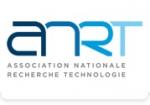 ANRT
ANRT  Laboratoire National de Métrologie et d'Essais - LNE
Laboratoire National de Métrologie et d'Essais - LNE  Institut de Radioprotection et de Sureté Nucléaire - IRSN - Siège
Institut de Radioprotection et de Sureté Nucléaire - IRSN - Siège  ONERA - The French Aerospace Lab
ONERA - The French Aerospace Lab  CESI
CESI  MabDesign
MabDesign  SUEZ
SUEZ  Groupe AFNOR - Association française de normalisation
Groupe AFNOR - Association française de normalisation  Aérocentre, Pôle d'excellence régional
Aérocentre, Pôle d'excellence régional  Généthon
Généthon  ADEME
ADEME  Tecknowmetrix
Tecknowmetrix  Nokia Bell Labs France
Nokia Bell Labs France  MabDesign
MabDesign  Institut Sup'biotech de Paris
Institut Sup'biotech de Paris
-
JobPermanentRef. ABG123642Laboratoire des Courses Hippiques (GIE LCH)- Ile-de-France - France

Chargé(e) de Recherche et Innovation (H/F) / Senior Scientist Research & Innovation (M/F)
Chemistry - BiochemistryConfirmed -
JobPermanentRef. ABG124941Corteria Pharmaceuticals- Ile-de-France - France

Jeune Docteur, Chercheur en Biologie Cellulaire & Moléculaire (H/F)
BiologyAny -
JobFixed-termRef. ABG125071KTH- Sweden
ERC-funded postdoc position on the detection of gas-phase organic radicals, KTH, Stockholm, Sweden
Chemistry - Physics - Engineering sciencesAny

